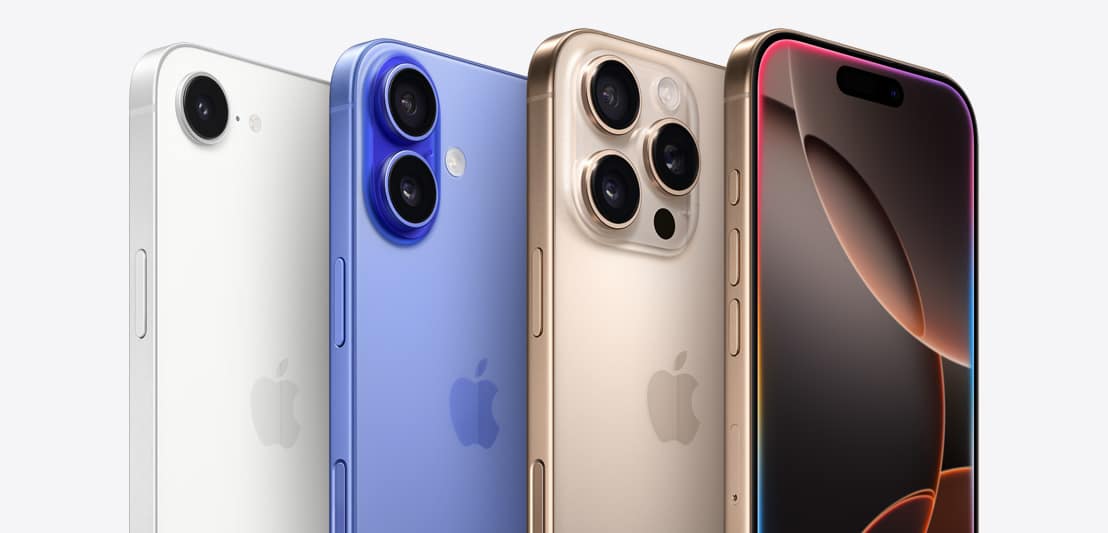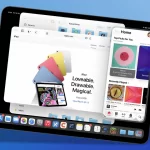On June 29, 2007, Apple released the first iPhone—and the world hasn’t looked back since. At the time, phones had physical keyboards, removable batteries, and limited web access. Apple flipped that script. With a sleek design and a full touchscreen, the iPhone offered users something entirely new.
From Music to Messaging
The idea behind the iPhone started with a simple observation: people wanted fewer devices. Tony Fadell, one of the creators of the iPod, noticed feature phones were adding music options. This raised a critical question—would users still carry an iPod when their phone could do the same job? Apple’s answer came in the form of the iPhone, blending a phone, an iPod, and an internet communicator into one.

Critics Laughed—Then Bought One
At first, many doubted Apple’s chances. Microsoft’s Steve Ballmer mocked the $500 price tag. BlackBerry executives weren’t worried. But users quickly fell in love with its simplicity and innovation. Even with missing features like an app store and expandable memory, the iPhone impressed.
The AT&T Deal That Shaped a Movement
Apple partnered exclusively with AT&T, a bold move at a time when networks usually influenced phone design. Apple demanded control—and got it. This freedom allowed the company to create a phone that felt truly different from the rest.
More Than a Phone
Today, iPhones are faster, larger, and packed with cameras and advanced features. The iPhone 16 Pro Max, for example, boasts a 6.9-inch screen and a 48MP camera setup—light years ahead of the original’s 2.0MP camera and 3.5-inch screen.
A Cultural Shift
Apple didn’t just launch a product—it launched a lifestyle. From how we take photos to how we communicate and shop, the iPhone transformed daily life. As Greg Joswiak, Apple’s marketing chief, said: “It gives me goosebumps… it was history.”












